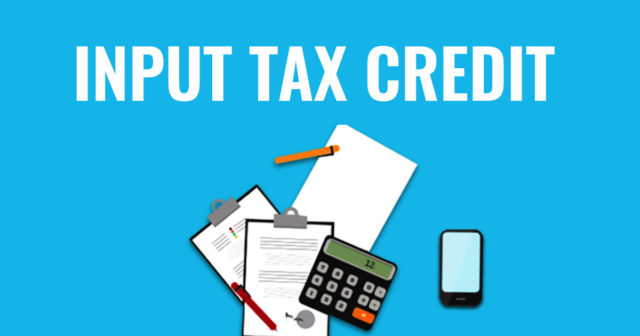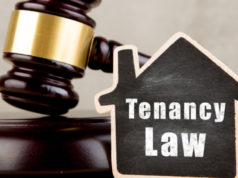Now that the Goods and Services Tax (GST) rate on under-construction homes has been brought down to five percent, are you planning to purchase one? Keep a note, home prices may go up as the reduction in GST is coupled with the removal of Input Tax Credit.
The GST Council’s decision to reduce GST rates on under-construction flats from 12 percent to five percent, and five to one percent on affordable housing, without giving the benefit of Input Tax Credit (ITC) has been lauded by real estate stakeholders and homebuyers. The move is anticipated to spur demand for under-construction properties particularly, in the affordable housing segment which could result in increased sales in the forthcoming quarters. Fence sitters, who have been deferring their purchase decisions, now have an opportunity to buy a home at an added incentive. However, there is a catch to it.
The government has withdrawn ITC, asserting that the developers were not passing the complete benefit to the homebuyers. Real estate developers who were already battling the NBFC crisis will now have to bear additional tax burden, which most certainly will be passed on to the homebuyers. For all we know, the reduction in GST and the removal of ITC benefit will only propel the final cost of property for the homebuyer.
Let’s find out the impact of GST rate cut on property prices by doing a comparative analysis of both the situations:
Then (GST with ITC)
Until now, the government used to levy 12 percent GST on under-construction properties while giving the benefit of ITC. In case of affordable homes, GST was set at eight percent (with ITC) after considering one-third abatement on lieu of land cost. The GST regime allowed real estate developers to claim ITC benefit on tax paid for procuring building materials such as cement, steel and sand. This input credit would help them to neutralise the GST liabilities. Under the anti-profiteering clause, the ITC benefits claimed by the developers had to be passed on to the homebuyers. The government, however, asserted that the developers were not passing the complete benefit. Besides, real estate stakeholders were also battling for the tax rate cut considering the large stockpile of unsold under-construction inventory in metro cities.
Now (GST without ITC)
After the recent rate cut announced by the GST Council meeting, under-construction properties will attract five percent GST, whereas affordable homes up to Rs 45 lakh will be taxed at one percent, without getting the benefit of ITC, effective April 1 2019. This means that developers will no longer be able to claim a credit on the input costs of raw materials (steel, cement and sand) and labour. Under GST, multiple taxes are subsumed owing to the ITC benefit that significantly brought down construction costs for the developers. Mayur Shah, Managing Director, Marathon Group and Chairman, MCHI CREDAI, opines “The removal of input tax credit means that the developer’s profitability will be reduced. It remains to be seen whether the market responds by correcting prices upwards or whether developers will absorb the hit.”
How will the removal of ITC impact home prices?
Let’s say the average cost of an affordable home is Rs 4,000 per sq ft. Under the old regime, a buyer would be liable to pay eight percent GST on the final cost of the apartment after deducting the ITC amount. Now, for constructing an affordable housing unit, a developer spends an average of Rs 1,500 per sq ft towards the construction inputs or materials. With an average tax rate of 15 percent on input costs, the developer is liable to claim inputs worth Rs 225 per sq ft (1,500*15% =225). Considering the developer was passing the complete benefit to the homebuyer, the cost at which the buyer would pay 8 percent GST would be Rs 3,775 (Rs 4,000-Rs 225), which amounts to Rs 4,077 per sq ft (Rs 302 is the tax payable per sq ft).
However, under the new regime, the developer cannot claim the ITC benefit. As a result, the cost at which a buyer would have to pay the revised one percent GST would become Rs 4,225 per sq ft (Rs 4,000 + Rs 225). The tax payable in this case would be Rs 42.67 per sq ft, taking the total cost to be borne by the buyer to Rs 4,267 per sq ft. The final cost to be borne by the buyer under the new system has increased by Rs 190 per sq ft in this case, rendering the system non-profitable for the masses.
In a nutshell
The GST rate cut will provide a respite to the overall real estate market, however, this will be a momentary infusion of notional positive sentiment. While the under construction segment will largely benefit from this, not giving the benefit of ITC to developers will lead to an escalation in the price of the apartments. With no ITC to claim, developers in some cities will have no option but to increase the property prices or bear the brunt of lower margins at unaltered prices.
Source: 99acers articles










